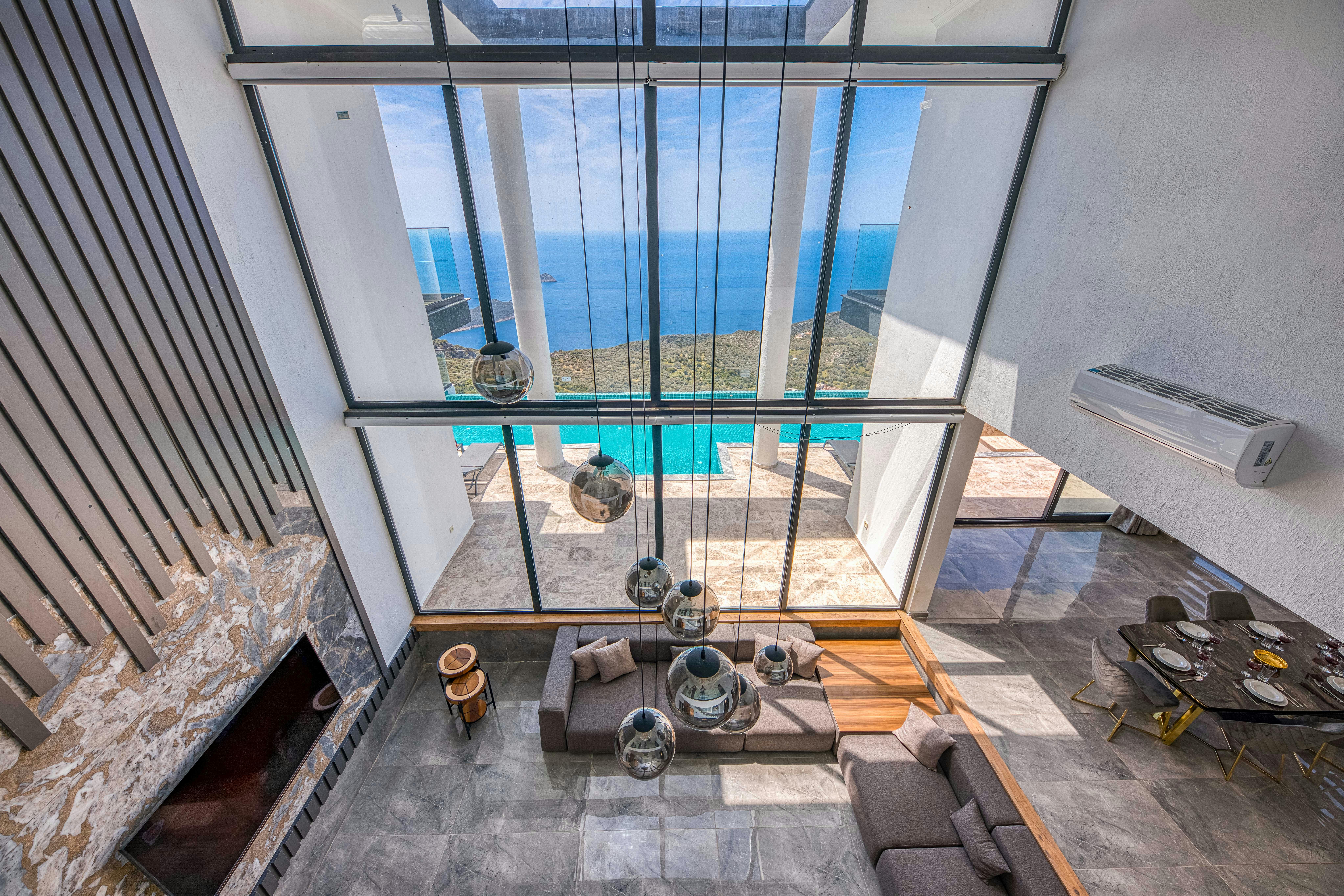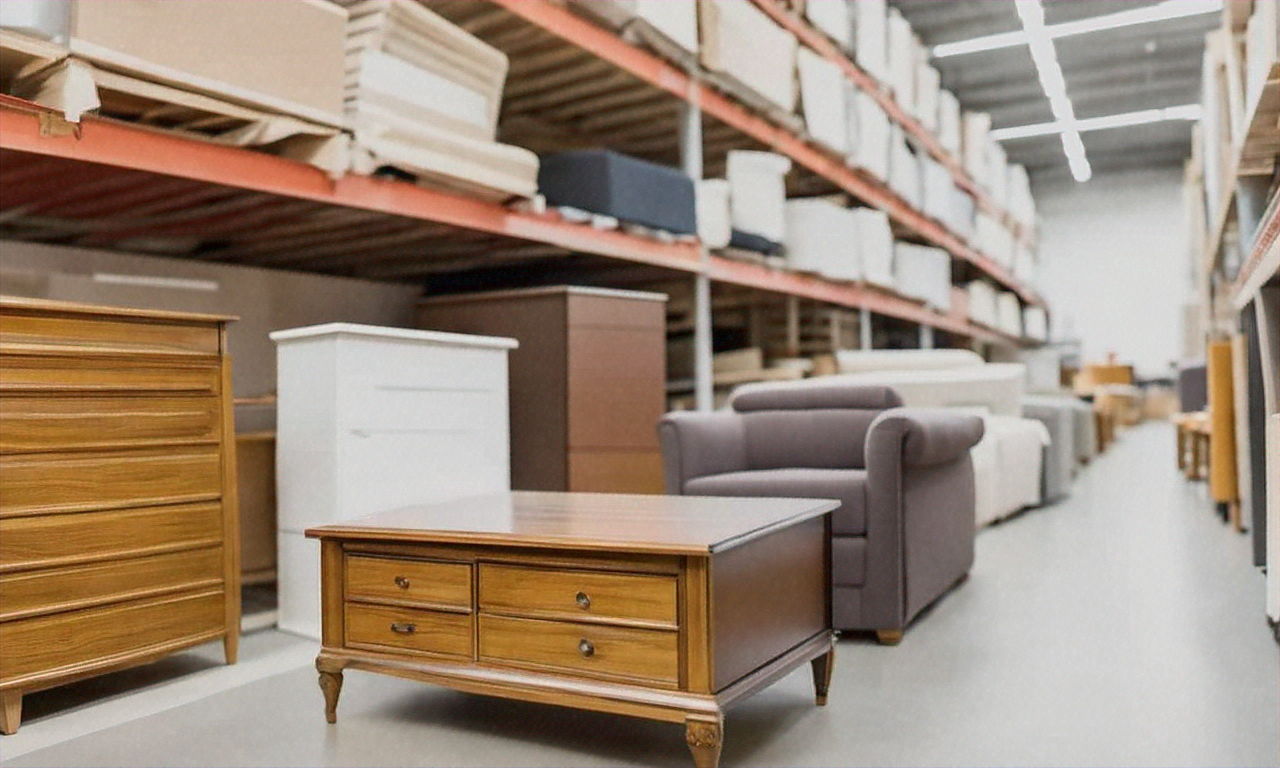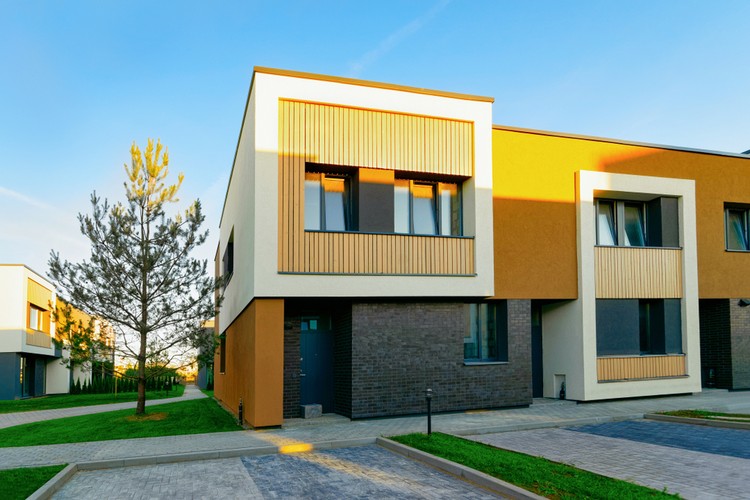Redefining Spaces: The Popularity and Practicality of Open-Plan Living
Introduction: Step into many modern homes today and you may notice one common feature - the absence of walls. Open-plan living, a design concept that unifies multiple rooms into a single, flowing space, has been a rising trend in home design. This article delves into the history, current trends, and future prospects of this intriguing design principle.

A Walk Through the History of Open-Plan Living
Open-plan design is not a new concept. The idea traces its roots back to the early 20th century, when architects like Frank Lloyd Wright championed the concept of ‘free-flowing spaces’. Wright’s designs often blurred the boundaries between individual rooms, creating a sense of connection and continuity.
As the 20th century progressed, open-plan living gained momentum, especially in suburban homes. The design was deemed practical for families, promoting interaction and connectivity. Furthermore, the absence of walls created the illusion of a larger space, a valuable feature in smaller properties.
The Appeal and Popularity of Open-Plan Living
Fast forward to the 21st century, open-plan living has become a defining feature of contemporary home design. The concept appeals to modern homeowners for a variety of reasons. It offers flexibility, allowing the layout of the home to evolve with the family’s needs. It promotes social interaction, by merging the kitchen, dining, and living areas into a single, communal space. And it capitalizes on natural light, creating a bright, airy feel.
Practicality and Functionality of Open-Plan Designs
Practicality is a key advantage of open-plan living. The design allows the entire family to interact and engage, even when involved in different activities. For those who work from home, the open space can double as a home office, promoting a better work-life balance.
The concept also facilitates entertaining, making it easier for hosts to mingle with guests. Moreover, it enhances the sense of space in smaller homes, making them feel larger and more comfortable.
The Future of Open-Plan Living: A Balance of Open and Private Spaces
While open-plan living continues to be popular, recent trends hint at a slight shift. Many homeowners are now seeking a balance between open and private spaces. This has led to the rise of ‘broken-plan’ living, where spaces are subtly divided using furniture, colors, or changes in floor level.
This new trend respects the benefits of open-plan living while addressing its potential drawbacks, such as noise and lack of privacy. As such, it offers a promising direction for the future of home design.
The Enduring Appeal of Open-Plan Living
Open-plan living, despite its century-long history, remains a relevant and appealing design concept. Its ability to adapt to modern lifestyles and preferences is testament to its enduring appeal. As homeowners continue to seek designs that combine aesthetics, functionality, and flexibility, open-plan living is likely to remain a popular choice.



